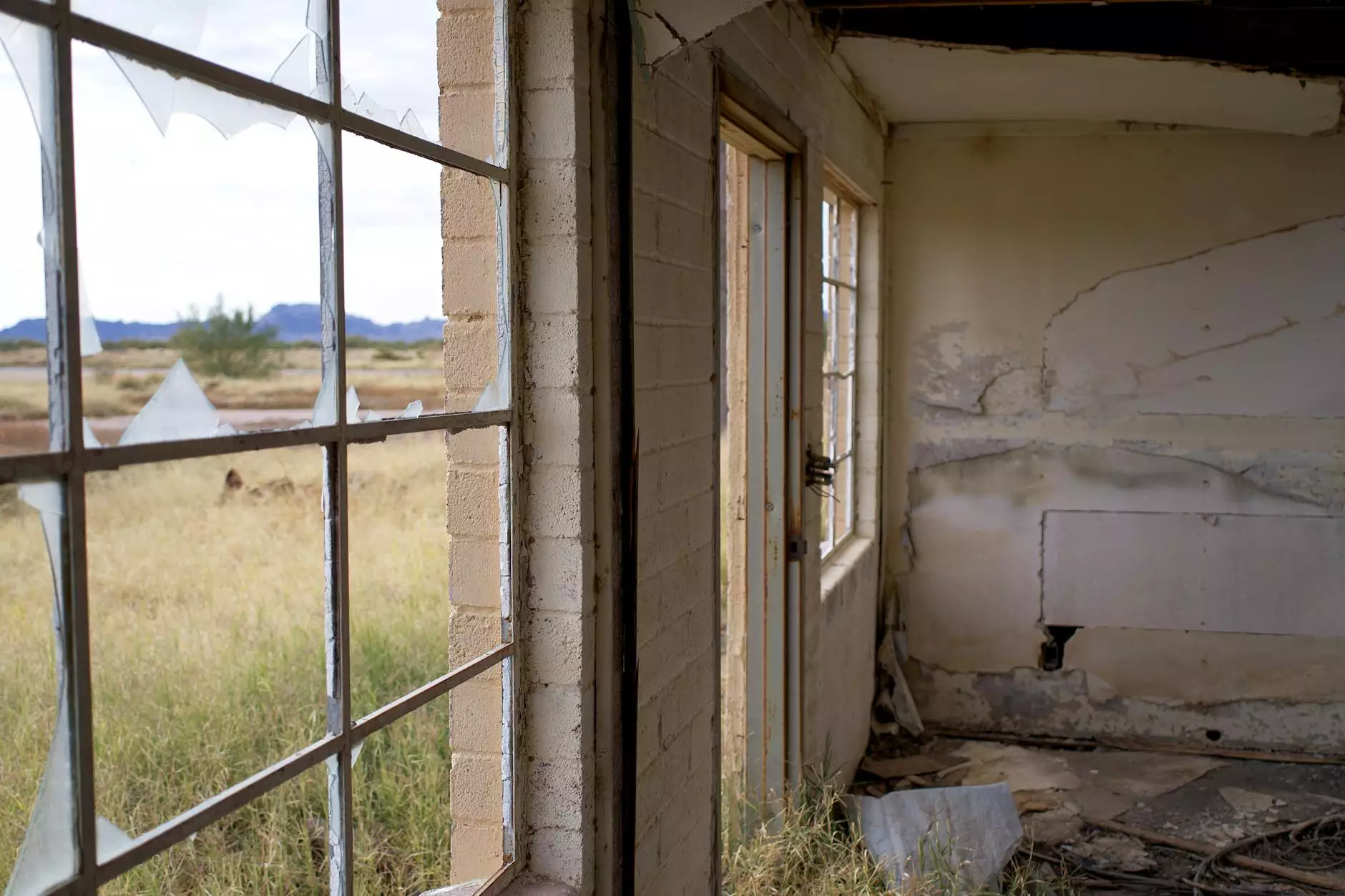Understanding Rhinoplasty for Ethnic Noses

Rhinoplasty, commonly referred to as a nose job, is a significant surgical procedure that reshapes the nose to enhance facial harmony and improve functionality. For those of diverse ethnic backgrounds, rhinoplasty can be particularly complex due to the uniqueness of their nasal structures. This comprehensive guide aims to delve deep into the intricacies of rhinoplasty ethnic nose procedures, enabling potential patients to make informed decisions regarding their aesthetic goals.
The Importance of Tailored Rhinoplasty Techniques
Every individual's nose is unique, influenced by genetics, ethnicity, and personal aesthetic desires. When considering rhinoplasty for ethnic noses, it's crucial to recognize that a one-size-fits-all approach does not apply. Here are several key reasons why tailored techniques are important:
- Preservation of Heritage: Ethnic noses often have distinct features that are part of a person's cultural identity. Skilled surgeons strive to maintain these characteristics while improving overall appearance.
- Addressing Functional Issues: Many individuals seek rhinoplasty not just for cosmetic reasons but also to address functional issues like breathing difficulties. Personalized approaches can effectively manage these concerns.
- Creating Natural Results: Tailored techniques can enhance facial aesthetics while ensuring the results appear natural and harmonious with the rest of the face.
Common Ethnic Nose Characteristics
Recognizing the common characteristics found in ethnic noses can help both patients and surgeons identify realistic expectations regarding rhinoplasty procedure outcomes. Here are some common traits:
- Wider Bridge: Many ethnic noses have a broader nasal bridge which may be a focal point of interest during surgery.
- Curved Profile: Some individuals have a more pronounced curve or bump along the bridge of their nose, which they may wish to smooth out.
- Fuller Tip: A fuller or wider nasal tip is another characteristic often seen, and this can be refined through surgery.
- Flared Nostrils: Cultural variations in nostril shapes may lead to considerations about how much to narrow them without losing the characteristic shape.
Consultation: The First Step Towards Rhinoplasty
Initiating your rhinoplasty ethnic nose journey begins with a thorough consultation with a qualified plastic surgeon. Here’s what to expect:
- Initial Assessment: The surgeon will evaluate your nose's structure and overall facial harmony during this assessment.
- Discussing Goals: Clear communication about your aesthetic goals is vital. Be prepared to share what you wish to achieve.
- Medical History: Your surgeon will review your medical history, ensuring no conditions could complicate the surgery.
- 3D Imaging: Many surgeons now use digital imaging to simulate possible outcomes, giving you a visual sense of how your nose may look post-surgery.
The Surgical Procedure Explained
Understanding the surgical process can greatly alleviate concerns. Here’s a breakdown of how rhinoplasty ethnic nose surgery typically unfolds:
1. Anesthesia
The procedure begins with the administration of anesthesia. Options usually include general anesthesia or local anesthesia with sedation, based on personal preference and the complexity of the surgery.
2. Incisions
Surgeons perform incisions either inside the nostrils (closed technique) or across the columella (open technique). The approach depends on the desired modifications.
3. Reshaping the Nose
Once incisions are made, the surgeon reshapes the nasal structure by adjusting bone and cartilage. This part is critical for achieving a natural and aesthetically pleasing nose.
4. Closing the Incisions
After reshaping, the surgeon carefully returns the nasal skin over the new framework and closes the incisions.
Recovery Process
Recovery from rhinoplasty can vary, but general guidelines include:
- Swelling and Bruising: Expect swelling and bruising around the eyes and nose, typically peaking within the first few days post-surgery.
- Follow-Up Appointments: Regular check-ups with your surgeon are necessary to monitor healing progress and address concerns.
- Avoiding Strenuous Activity: Patients should refrain from heavy exertion for at least a few weeks to ensure optimal healing.
Potential Risks and Complications
As with any surgery, rhinoplasty ethnic nose comes with potential risks. Being aware of these can help manage expectations:
- Infection: As with any surgical procedure, there’s a risk of infection, which can be managed with appropriate follow-up and care.
- Scarring: Though surgeons place incisions carefully to minimize visibility, some scarring is inevitable.
- Unsatisfactory Results: There’s a possibility that the final outcome may not meet your aesthetic expectations, which may necessitate revision surgery.
Choosing the Right Surgeon for Rhinoplasty
Selecting a board-certified plastic surgeon with significant experience in ethnic rhinoplasty is crucial. Here are some tips to aid in your search:
- Review Credentials: Ensure your surgeon is board-certified and specializes in facial procedures, especially rhinoplasty.
- Examine Previous Work: Look for before-and-after photos of similar procedures on the surgeon’s website.
- Read Reviews: Online reviews and patient testimonials can provide valuable insights into the surgeon’s practice and results.
- Trust Your Instincts: Interactions with the surgeon should make you feel comfortable and confident about the process.
The Emotional and Psychological Aspects of Rhinoplasty
Beyond the physical transformation, rhinoplasty can have profound emotional and psychological effects. Many patients report increased self-esteem and a more positive self-image following their surgery. It's essential to approach the procedure as part of a holistic plan to enhance not just appearance but also overall wellbeing.
Conclusion: Embracing Your Ethnic Identity through Rhinoplasty
For those considering rhinoplasty ethnic nose procedures, the goal should be to enhance your unique features while aligning with your personal aesthetic goals. With advancements in surgical techniques and a deeper understanding of diverse nasal structures, patients can achieve results that celebrate their heritage while improving facial harmony.
If you’re poised to embark on your journey towards a new you, visit mustafabagli.com to explore your options and schedule a consultation. The journey to your ideal self can begin with a simple, well-informed step.



